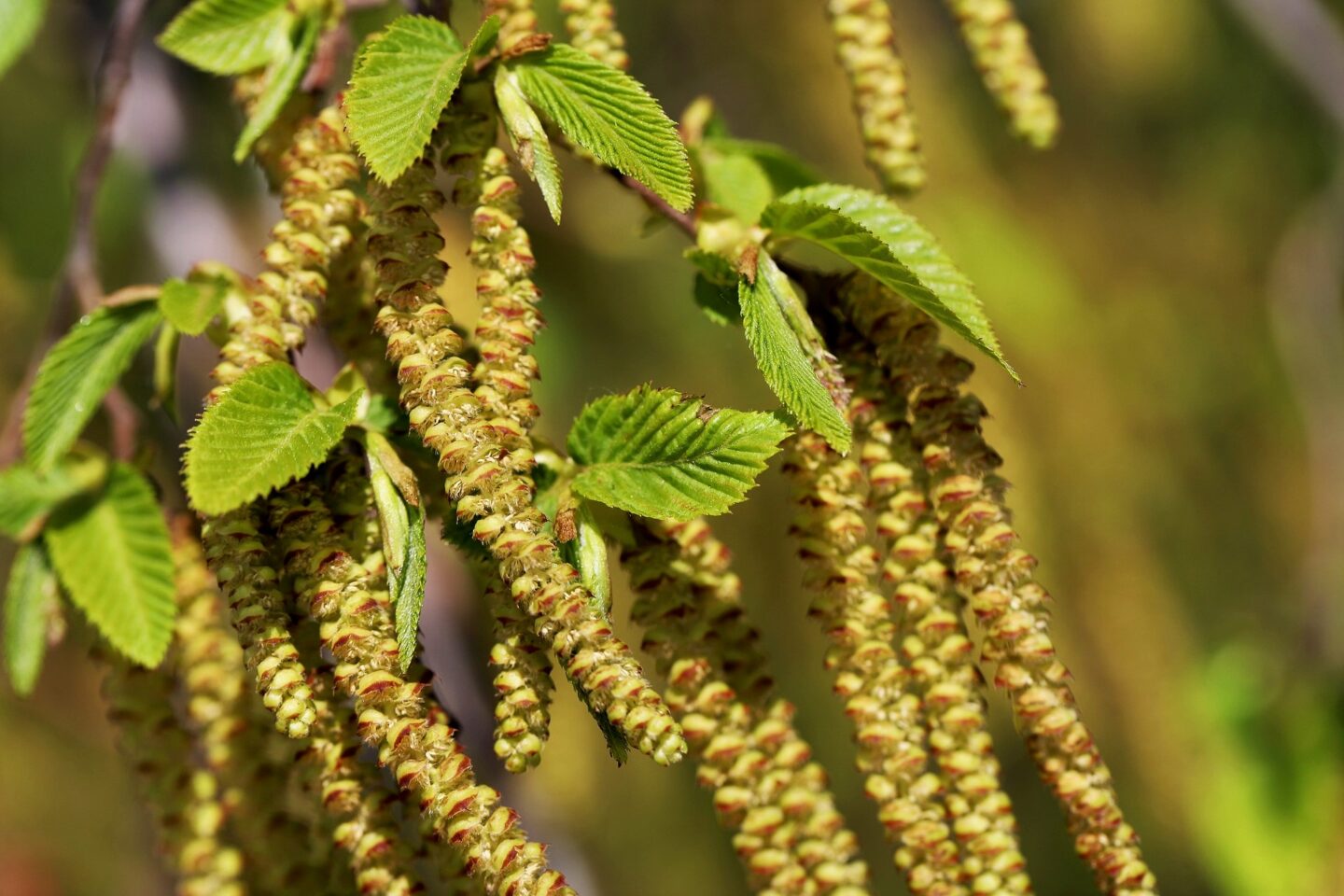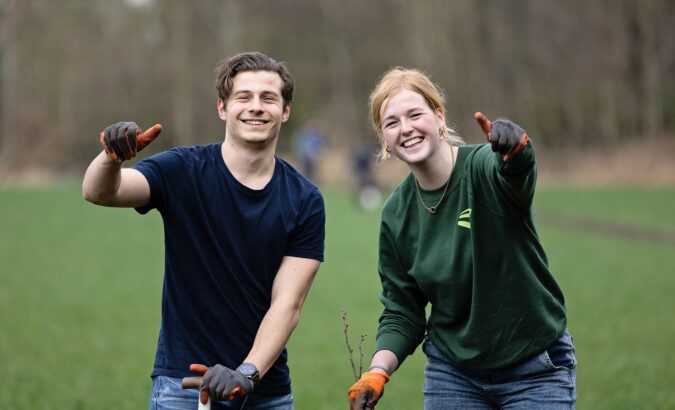
0
trees and shrubs
0 − 0
planting schedule
0
landowners are joining us
Why is the restoration of landscape elements necessary?
The Landschap Overijssel foundation aims to boost the landscapes in the province by constructing and restoring landscape elements. This is important for several reasons:
1. Biodiversity
During the past few decades, biodiversity in the Netherlands has decreased significantly. To illustrate, the number of insect species has decreased with 70%. And it’s not only insects that are going through a tough time, but birds, mammals and fish are suffering as well. Landscape elements have the power to change this: plants and animals are able to find shelter, food and the possibility to procreate here. Through the construction and restoration of landscape elements, plants and animals will be able to return to the countryside.
Additionally, this project contributes to one of the European objectives: in 2030 at least 10% of agricultural land should consist of landscape elements.
2. Climate
Landscape elements contribute to a better climate. The rows of trees, small groves of trees and hedges take CO2 from the air and capture particulate matter and nitrogen. So, with this project we’re able to contribute to important goals from the Climate Agreement to reduce CO2 and nitrogen.
Moreover, landscape elements provide oxygen, clean air and space to shelter from the sun during hot days. Additionally, landscape elements can support sustainable agriculture. This happens for instance, through the attraction of insects that are ‘naturally’ able to end plagues. This way, a comfortable and healthy (living) environment for humans and animals in the countryside is able to take shape.
3. Farmers
We plant landscape elements on the land of farmers and private land owners. A large number of farmers in the countryside would like to green their property, but they need extra help to realise this. We help farmers with the planning of this process, so that they know exactly which trees and shrubs they can plant and how to manage them.
1) planting a forest, 2) pollard willows, 3) windbreak, 4) alder grove, 5) Overijssel landscape by Nico Kloek
What are we going to do in Overijssel?
Across the entire province of Overijssel, we’re going to plant and restore landscape elements. We’ll do this on the land of more than 200 owners (farmers and private owners). We fill in the gaps in existing landscape elements and plant trees and shrubs among existing green. For instance, this is how an empty row of trees is able to transform into a full windbreak that attracts various plants and animals!
We plant local and indigenous trees and shrubs, such as European alder, European birch, downy birch, hornbeam, hawthorn, blackthorn, bird cherry, sessile oak, European buckthorn and willow. These are species of trees and shrubs that naturally grow in this area, supplemented by species that are important for the local area from a cultural heritage perspective.
1) hawthorn, 2) blackthorn, 3) hornbeam, 4) European alder, 5) downy birch
News from Overijssel
This project from Trees for All contributes to the realisation of multiple Sustainable Development Goals.
Where are we going to plant?
We plant in the entire province of Overijssel, on the land of farmers and private owners.
Our partners
For this project, we cooperate with the organisation Landschap Overijssel, the province of Overijssel and private landowners. Landschap Overijssel takes the role of initiator, leader and consultant for this project. In addition, the province of Overijssel and various municipalities are involved in co-funding. Lastly, we cooperate with landowners that provide their land. They contribute their own financial contribution for the project and plant and manage the trees and shrubs.


“Landscape elements such as windbreaks, ditches and rows of trees form an indispensable green-blue network. Together, they are an important foundation for biodiversity. That’s why we are aiming for the green-blue veining of the landscape”.
Eibert Jongsma, Landschap Overijssel











